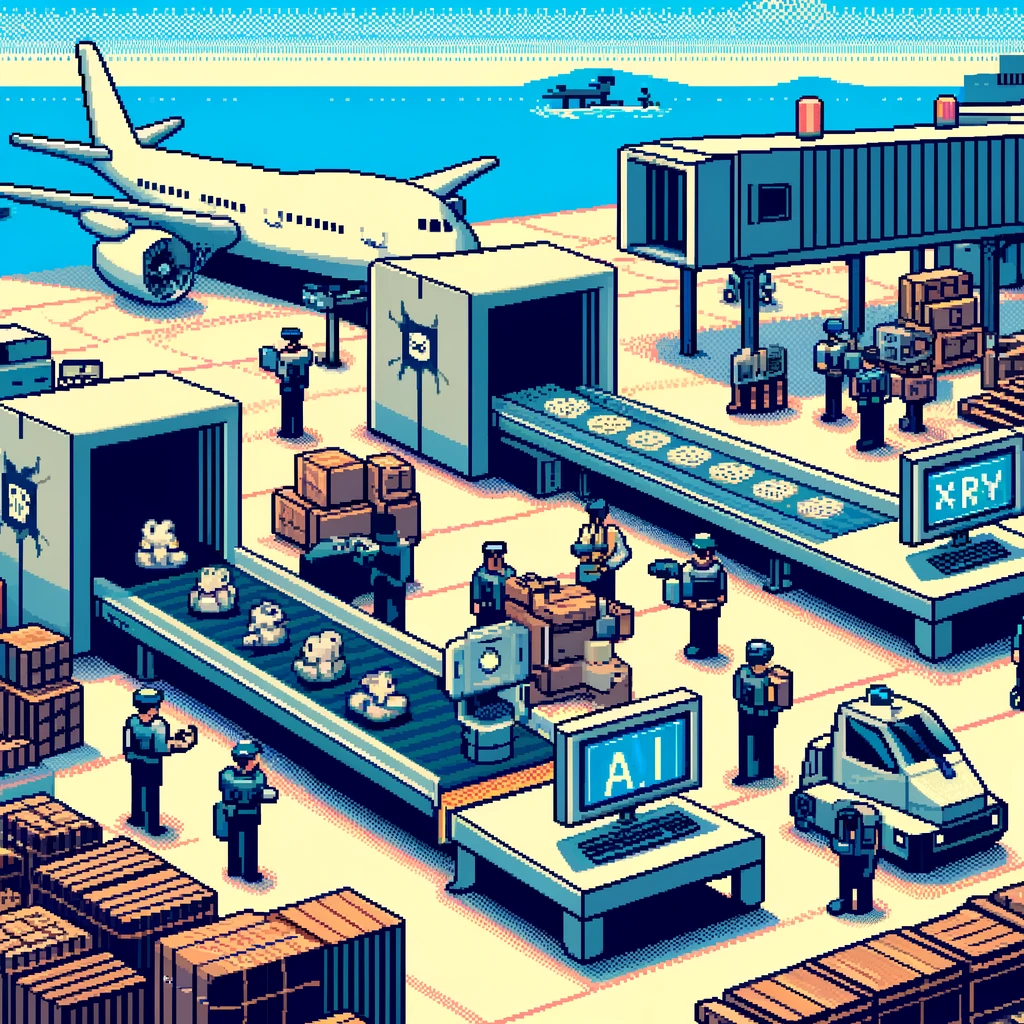
Wildlife Trafficking: Protecting Public Health and Biodiversity
Wildlife trafficking, the illegal movement of animals and plant species, poses a significant threat not only to biodiversity but also to public health and global security. With the trafficking market estimated to be worth billions, the urgency to develop and implement effective detection methods at international borders cannot be overstated. Recent research sheds light on this critical issue, underscoring the inadequacies in our current systems and suggesting pathways for improvement.
The Scope of the Problem

Every year, countless packages and cargoes crisscross the globe via post, air, and sea. Hidden among these are illicit wildlife products—ranging from live animals to valuable parts like ivory or pangolin scales. These illegal trades devastate ecosystems, disrupt biodiversity, and can introduce diseases that may affect not just wildlife but domestic animals and humans.
Despite the high stakes, our current ability to detect and intercept these trafficked goods remains alarmingly inadequate. A recent study published in PLoS ONE by Moloney and Chaber (2024) reveals that very few tools are specifically designed to identify wildlife contraband at key entry points like airports and shipping docks.
Understanding the Current Detection Methods
The study reviews existing screening technologies—many originally developed for other purposes like detecting explosives or narcotics—and assesses their applicability to wildlife trafficking. This includes everything from x-ray and CT scans to more advanced methods involving artificial intelligence (AI). However, the research highlights a critical gap: only four publications directly address the detection of wildlife, despite the array of technologies available.
Why Should Pet Owners Care?
For pet owners, the implications of illegal wildlife trafficking are twofold. Firstly, the spread of diseases from trafficked wildlife can directly impact the health of domestic pets. Conditions like rabies or bird flu can be transmitted to pets if not monitored and controlled. Secondly, the illegal pet trade often targets exotic species, leading to severe animal welfare issues and potential environmental threats if these species become invasive.
Innovations and Adaptations in Detection
One promising area of innovation is the adaptation of existing technologies for wildlife detection. For instance, AI enhancements in x-ray imaging can help identify concealed wildlife products in luggage or shipments. Another emerging tool is the use of environmental DNA (eDNA) to detect traces of wildlife products in large cargo areas.
The Role of Multi-Sector Collaboration
Effective detection also relies on collaboration across various sectors. This includes partnerships between governments, conservation organizations, and the transportation industry. The ROUTES Partnership is one such initiative, aiming to cut down on illegal wildlife trade by improving policies, staff training, and data analytics within the transportation sector.
Encouraging Public Engagement
Public awareness and engagement are crucial in combating wildlife trafficking. Pet owners can play a significant role by staying informed about the origins of their pets and advocating for responsible pet ownership and wildlife conservation. They can also support organizations working on the front lines of wildlife protection.
Visualizing the Impact
To better understand the scope of wildlife trafficking and the technologies discussed in the study, here’s a simplified cartoon representation of the different screening tools being used at international ports:
Moving Forward
Enhancing our screening capabilities at borders is imperative, not only to protect biodiversity but also to safeguard global health. The study calls for increased funding and research into specialized detection tools tailored for wildlife trafficking.
As pet owners and global citizens, our awareness and actions can contribute to a broader strategy to end this illegal trade. By supporting stricter regulations and advanced research, we can help close the gaps that allow wildlife traffickers to operate.
Engage and Learn More
To learn more about how you can help fight against wildlife trafficking, visit organizations like the World Wildlife Fund or the ROUTES Partnership online. Your voice can make a difference in shaping policies and enhancing global efforts to protect our natural world

